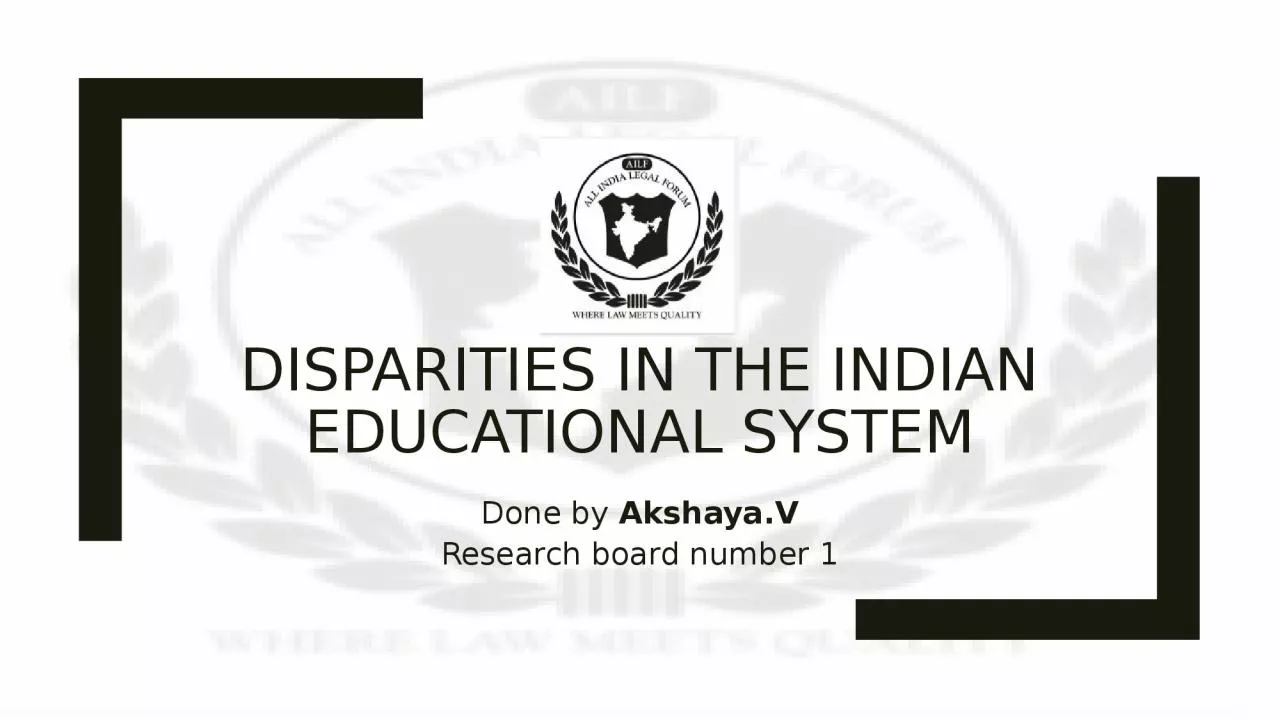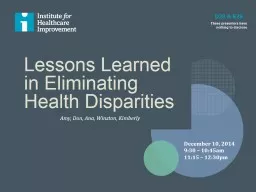PPT-Disparities in the Indian educational system
Author : elyana | Published Date : 2022-06-13
Done by AkshayaV Research board number 1 Problem statement The pride of every country lies in its educational system But in the case of india this system has
Presentation Embed Code
Download Presentation
Download Presentation The PPT/PDF document "Disparities in the Indian educational sy..." is the property of its rightful owner. Permission is granted to download and print the materials on this website for personal, non-commercial use only, and to display it on your personal computer provided you do not modify the materials and that you retain all copyright notices contained in the materials. By downloading content from our website, you accept the terms of this agreement.
Disparities in the Indian educational system: Transcript
Download Rules Of Document
"Disparities in the Indian educational system"The content belongs to its owner. You may download and print it for personal use, without modification, and keep all copyright notices. By downloading, you agree to these terms.
Related Documents














